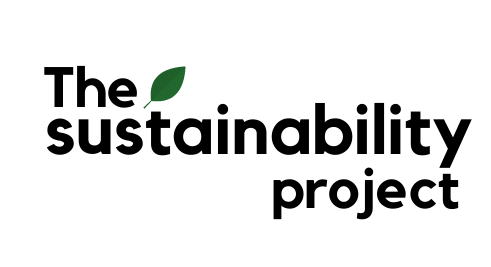Norwegian salmon. Northern Lights. Brown Cheese.
These are just a few items associating with Norway, the country ‘powered by nature’. But did you know, the country is also known for its sustainability efforts?
The country is driving environmental conservation through its unique waste to the energy disposal system. This system converts waste to energy and contributes to Oslo’s district heating!
So how exactly does Norway’s waste to energy plant work?
The green and the blue bag
In Norway, green and blue plastic bags have a much deeper meaning to it.
Waste in the green bags contains food waste while waste in blue bags contains plastic waste. Any other form of waste, excluding paper and glass, will go into bags of any other colours.
Even though it is not compulsory to sort your waste, most citizens do it out of goodwill! They can find these free green and blue plastic bags readily available at supermarkets/recycling centre. Hence, making Norway’s waste system an effective and systematic one!
Where does the trash go?
After collecting the various waste bags, they treat the waste bags in Norway’s waste to energy plants. In the plant, they separate the bags by their colours through an automated system.
Green bags are being sent to the biogas plant and transformed into biogas and bio-fertiliser. A bus can drive 250 meters on the waste from a green bag.
While transporting the blue bags to Germany for plastic recovery or recycled into new plastic, the remaining waste will be incinerated. The energy obtains from incineration can be used to provide heat energy to the district heating system in Oslo.
The 3 Plants
Currently, Norway has 3 Waste to Energy Plants – Haraldrud, Klemetsrud and Romerike Biogas.
In 1967, The Haraldrud Plant was firstly build. It has a recycling and sorting capacity of 100,000 tons of waste.
Next, the Klemetsrud Plant is the largest plant with a recycling capacity of 310,000 tons of waste annually.
Lastly, the Romerike Biogas Plant was completed in 2012 as Oslo’s largest biogas plant. It produces both biogas and bio-fertilizers based on food waste and has a capacity of 50,000 tons of food waste per year. The plant supplies 135 buses with biogas and 100 medium-sized farms with nutritious bio-fertiliser.
Pollution from Norway’s Waste To Energy Plant?
Fortunately, the smoke that is release during incineration goes through purification. So, 99% of the smoke is actually pure water!
To watch the whole documentary of Norway’s waste to energy plant, click here!



This is amazing! The world would be a much cleaner place if this system was adopted worldwide, even in China or the US alone. I think us Americans should dig up our landfills and follow in Norway’s footsteps!
Why is this not being done in the UK?
Is It??